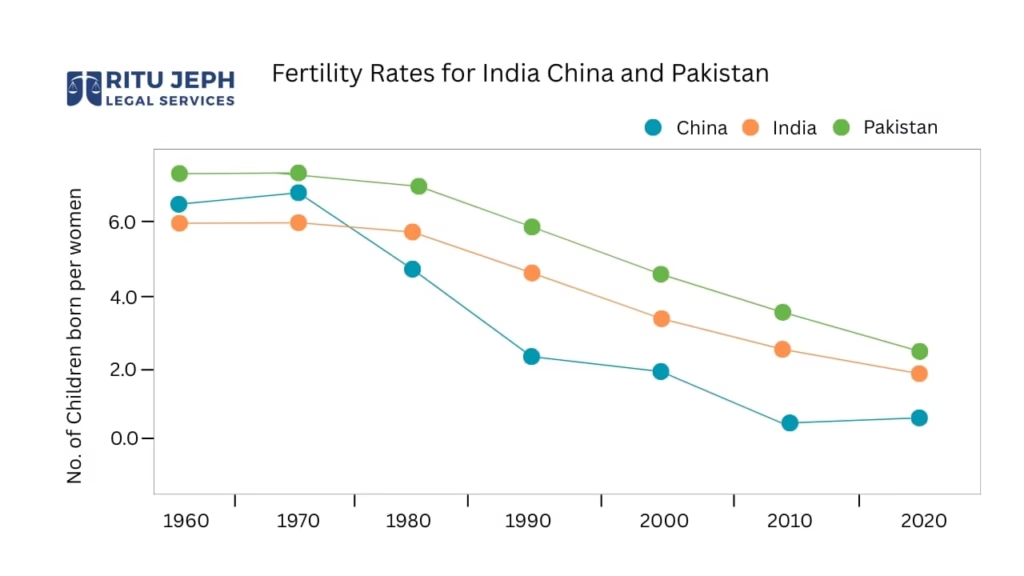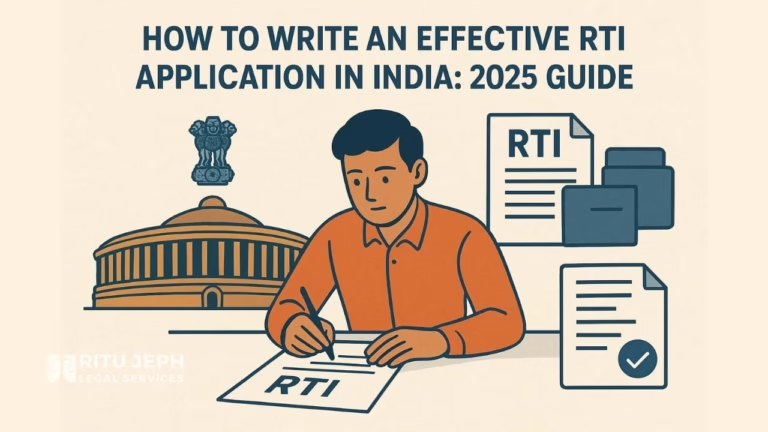Book Appointment Now

Why India’s Fertility Rate Drop Could Reshape the Nation’s Destiny
India's fertility rate has plummeted by 63% since the 1970s, reaching a near-replacement level of 2.01. This decline poses a demographic crisis, impacting India's economy, society, and global role. This article examines the causes, implications, and future challenges of this trend.
India, the world’s most populous country, is often seen as a nation with an ever-growing population. However, recent data reveals a surprising trend: India’s fertility rate is declining at an alarming pace. In 2022, the fertility rate stood at 2.01, just below the replacement level of 2.1 births per woman needed to maintain a stable population. While this might seem like a positive development for a country often associated with overpopulation, the speed and trajectory of this decline raise serious concerns about long-term sustainability.

What Does the Fertility Rate Tell Us?
The fertility rate measures the average number of children a woman is expected to have in her lifetime. A rate of around 2.1 is considered ideal for population stability, as it ensures that each generation replaces itself. However, India’s fertility rate has plummeted from 5.6 in the 1970s to 2.05 in 2020—a staggering 63% drop in just 50 years. For context, the United States saw a 34% decline during the same period, from 2.48 to 1.64.
ALSO READ: 2025 Guide to Child Adoption in India
This sharp decline in India’s fertility rate is not just a statistical anomaly; it’s a trend with significant implications. If the current trajectory continues, India could soon face challenges similar to those experienced by countries with very low fertility rates, such as Japan or South Korea. These challenges include an aging population, a shrinking workforce, and increased pressure on social systems.
Why Is India’s Fertility Rate Declining So Rapidly?
Several factors contribute to India’s declining fertility rate. Economic development, improved access to education, and urbanization have played significant roles. As more women pursue higher education and careers, they tend to delay marriage and childbirth. Additionally, rising living costs and the financial burden of raising children have made smaller families more appealing.
Government policies have also had an impact. India’s family planning initiatives, which began in the 1950s, have been successful in promoting smaller families. However, these policies, combined with societal changes, have accelerated the decline beyond expectations.
The Grim Picture: A Population at Risk
While a lower fertility rate might seem beneficial in the short term, the speed of India’s decline is concerning. If this trend continues, India could face a demographic crisis. A fertility rate below the replacement level means fewer young people to support the aging population. This imbalance could strain healthcare systems, pension schemes, and the economy as a whole.
The situation is so severe that if India’s fertility rate trends were observed in an animal population, it would likely be classified as endangered. The straight-line decline over the past five decades suggests that the momentum of this trend is unlikely to reverse without significant intervention.
What Does This Mean for India’s Future?
India’s declining fertility rate presents both challenges and opportunities. On one hand, a smaller population could reduce pressure on resources and infrastructure. On the other hand, an aging population and shrinking workforce could hinder economic growth and development.
ALSO READ: Why Dating Apps in India Are Not Helping Singles
To address these challenges, India may need to rethink its policies. Encouraging higher fertility rates through incentives, such as financial support for families or improved childcare services, could help stabilize the population. Additionally, investing in automation and technology could mitigate the impact of a shrinking workforce.
Conclusion
India’s fertility rate is a critical issue that demands attention. While the decline reflects positive changes in education and economic development, the speed of this trend poses significant risks. Without proactive measures, India could face a future where an aging population and declining workforce undermine its growth and stability.



